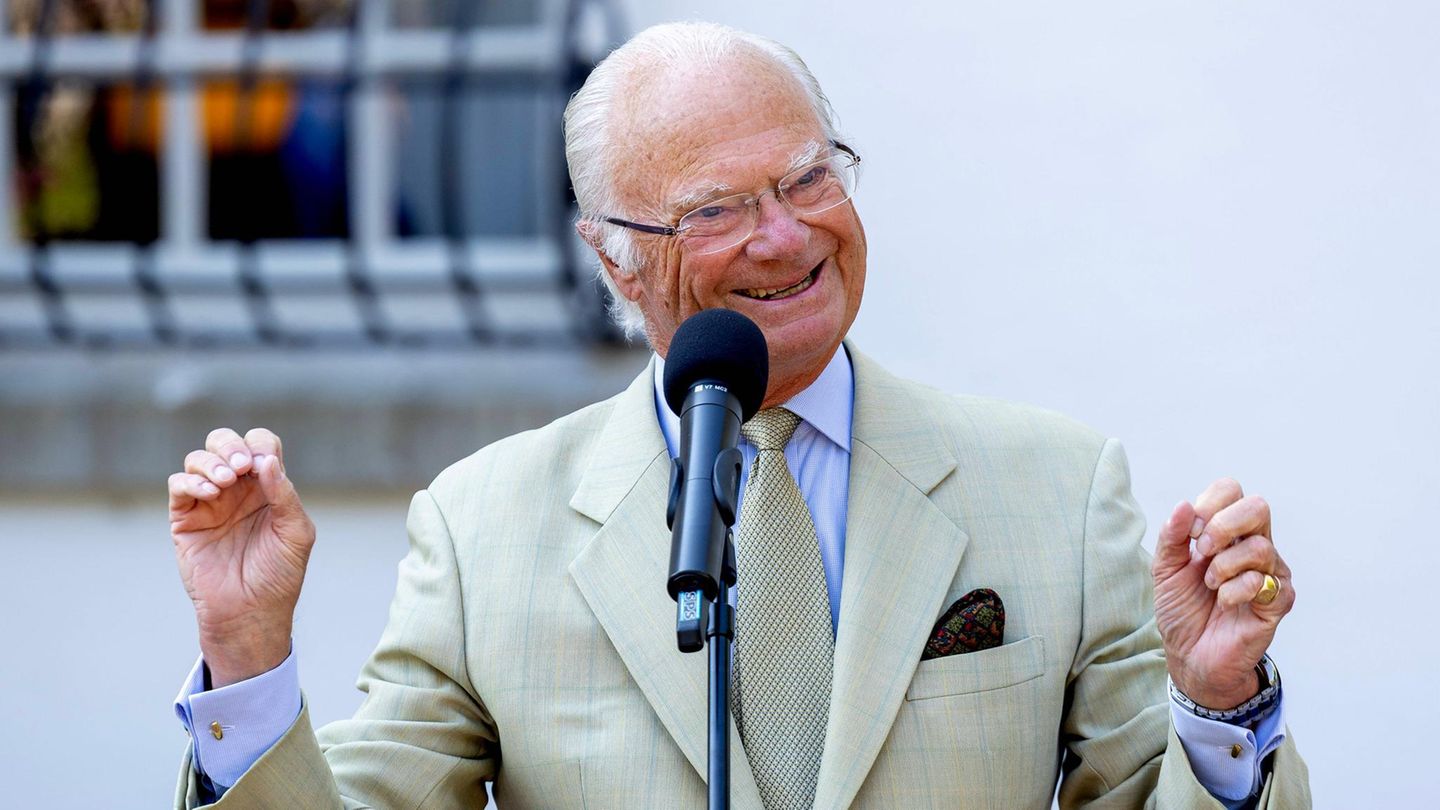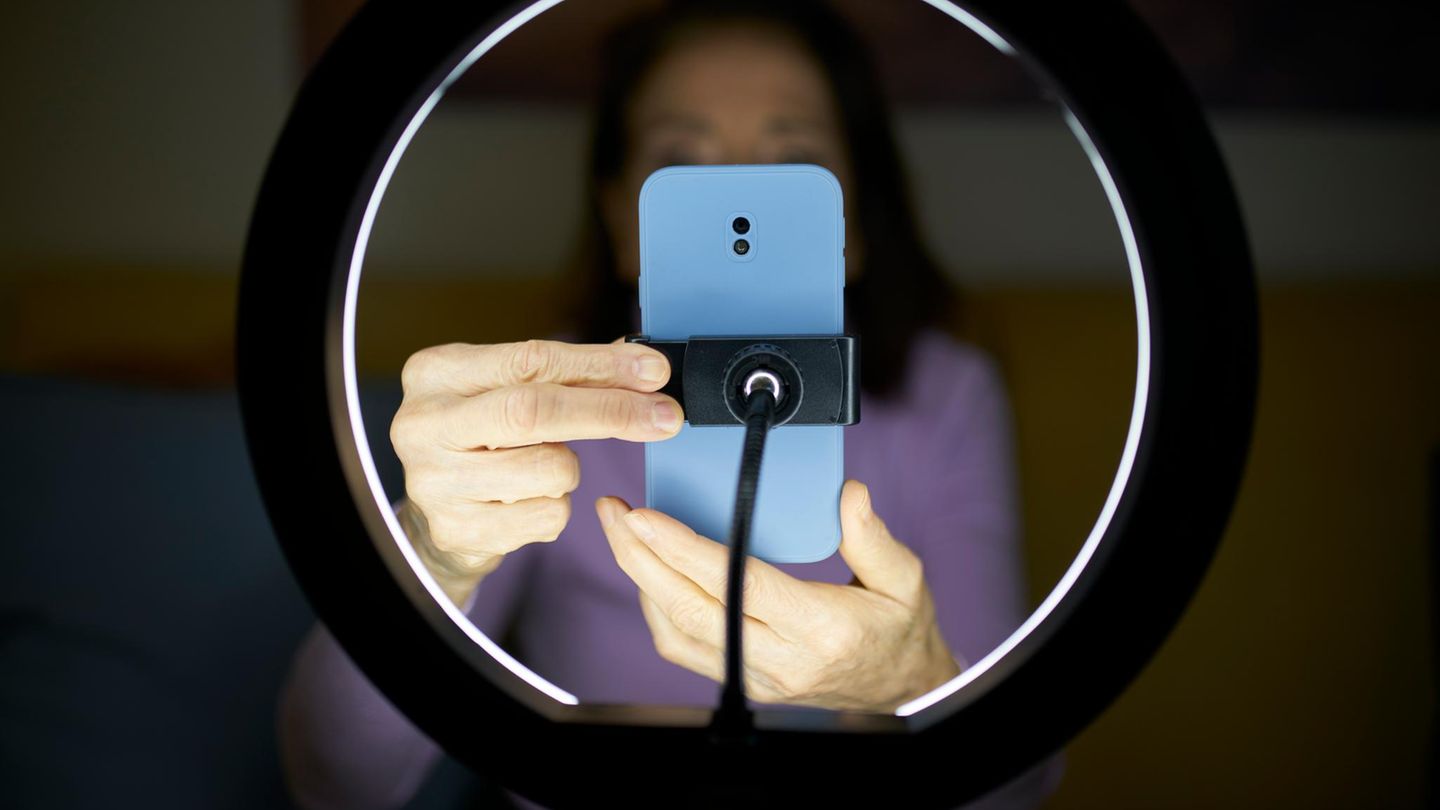The attitudes we adopt towards a person with a disability are fundamental on the path towards inclusion. Strategies, tools and resources for adequate treatment without prejudice.
“I was waiting for someone else,” I explained to someone who, with a very good disposition, wanted to help me but, as he did so, he grabbed my arm abruptly and, almost forcing me, made me go down to the street to cross. It is frequent and natural that many People, when the time comes to interact with a person with a disability, ask themselves: “What do I do? Do I help them? How?” facing the relationship with a lot of fear and ignorance.
In general, society does not know how to refer to the group. Faced with this uncertainty, gestures are often reproduced and perpetuated that, most of the time, are well-intentioned but which, however, tend to lead to exclusion and marginalization. The truth is that these situations do not have to be uncomfortable if we act with empathy and naturalness. In fact, the first thing we should consider is that on the other side there is only one person like any other with particularities to attend to. On this key day to vindicate the rights of people with disabilities, let us remember that it will be an open, friendly and respectful treatment of their rights and without compassion that will invite a symmetrical relationship based on equal conditions and opportunities.
To do?
Ask before acting
If we don’t know about something or we don’t know how to deal with a situation, we look for a solution that can help us deal with it like a manual. This case is not the exception. Although certain parameters can be established, there is no manual or recipe for dealing with a person with a disability since each person is unique, has their own experiences, desires and needs. Therefore, the best way to generate empathy and rapprochement is to ask the person with a disability if they really require us and to provide support (many people prefer to do many things on their own) and what type of help they require: “Do you need me to help you?” ?”, “Tell me how I can help you” are expressions that all people with disabilities appreciate because they open up a possibility that we often do not have: that of choosing. In this sense, it is very important to accept the decision and not be offended if you choose not to receive collaboration.
Respect the person
It is key to consider and take into account that we connect with people. Therefore, naturalness and spontaneity is very important to maintain and build the most empathetic relationship possible. Thus, respect for their forms and characteristics will be reflected in attitudes, for example, in the willingness to listen to what they have to say (without questioning), have support, require their opinion and take it into account in activities as well as respect their decisions.
Most of the time people address the companion, assistant or family member of the person with a disability instead of speaking to the person themselves. In addition to being a discriminatory attitude, it turns out to be a form of violence as the person is conceived from the point of view of failure or shortcoming and not as a subject of rights.
On the other hand, it is crucial to promote their capabilities and strengths and encourage them through the attitudes and dialogues we maintain. For example, focusing on what the person CAN do instead of what they cannot achieve or weaknesses.
Use the correct terms
People with disabilities are not “disabled”. This is a term that reifies and segregates since it places emphasis on the condition. While the appropriate concept is “Person with Disabilities” although it is always preferable to choose to refer first by name.
It is important to demolish erroneous terms such as “Person with different/special abilities” (we all have them), non-sighted (replace it with blind person) and, on the other hand, cancel words such as “suffers” or “normal”, “a problem”. ” as they tend to promote stigmatization and exclusion.
What we should NOT do
Do not impose aid or invade
It is very important not to force or force the person with a disability to receive help and to allow their voluntary decision without assuming that they require it. The person with a disability does not always need collaboration (or, for example, may require more time to complete the task). In this way, we promote their autonomy and independence, avoiding a welfare perspective in treatment.
On the other hand, an incorrect and even violent attitude is to touch the person or their support without their consent. Just as we usually do with any other person, it is vital that we can respect the spaces and supports of the person with a disability as long as they are personal and form part of their privacy.
Do not infantilize or approach from pity
It is incorrect and inappropriate to conceive of a person with a disability as “a child” and even to speak to him or her in a childlike manner (for example using diminutives), that is, as someone who does not participate in different matters of daily life, does not consume, He doesn’t work, he doesn’t have sexual relations. It is essential to avoid expressions of surprise when a person with a disability tells us about their daily life, excessive admiration or asking uncomfortable questions that we would not ask other people. Nor is it appropriate to promote pity and compassion by assuming that disability is a misfortune. This generalization is vague and uncertain and does not focus on the person’s potential. We generally imagine people with disabilities: dependent, asexual, vulnerable and weak. However, this is a perspective that, far from leading us towards full inclusion and equal opportunities, further delays and perpetuates the many prejudices established around people with disabilities.
Do not resort to prejudices or euphemisms
Even unconsciously, many beliefs, myths and stereotypes that are usually reflected in relationships are often reproduced. Such is the case of acting as if the person with a disability lived in another world or was “special.” Disability is also often assumed to be a “disease” and hence, treatment in a condescending manner is encouraged. Thus, it is common to doubt the capabilities and strengths of a person with a disability, for example, when it comes to their inclusion in the workplace. Doubts are also found when thinking about their motherhood or paternity and even their partner (for example when they told me “your partner also has a disability, right?”). And on the other hand, there is a generalized idea that the person with a disability is always kind and good (hence we use the term “little angel” to refer to people with down syndrome).
Interacting with a person with a disability does not have to be a challenge. Or at least it shouldn’t if we consider that behind this there should only be empathy, solidarity and respect. Getting rid of prejudices and fears in this area seems to be the path towards the naturalization of this type of relationships that, without a doubt, will collaborate with a more inclusive society where all people are welcome.
Disability communicator and influencer
Source: Ambito
David William is a talented author who has made a name for himself in the world of writing. He is a professional author who writes on a wide range of topics, from general interest to opinion news. David is currently working as a writer at 24 hours worlds where he brings his unique perspective and in-depth research to his articles, making them both informative and engaging.




